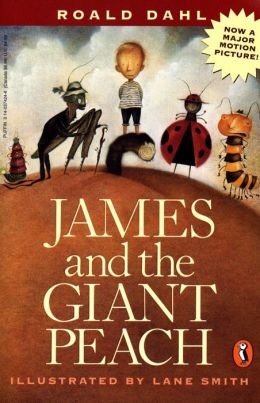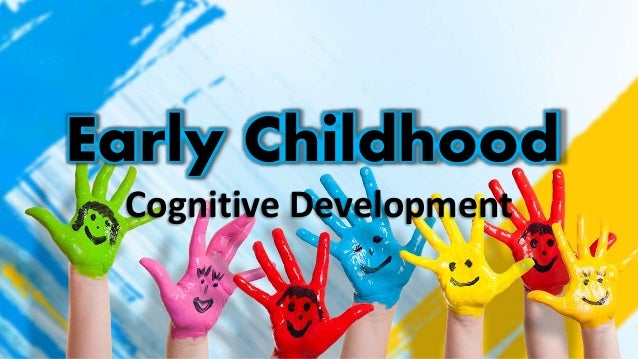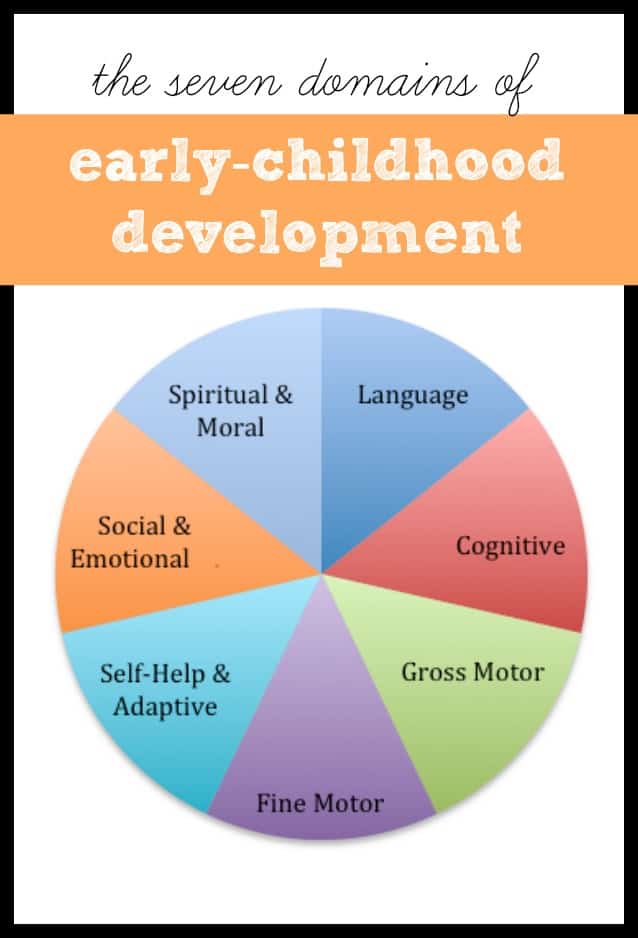
What is Teacher Collaboration?
Collaboration between teachers promotes the examination of what should be taught, the rethinking of practicum experiences for teachers, the sharing of knowledge and expertise, the faculty modeling--all have high potential to support teachers' ability to work together for meaningful change (Winn & Blanton, 2005). Teachers that have collaborations among each other help with support of lesson plans, classroom managment, behovirol problem and so much more. Take the following video into consideration:
Teacher Collaboration Explained
It can be difficult to understand how to collaborate with other teachers when time does not permit. This can be addressed by utilizing the following format to help with optimizing ones time wisely when meeting.
 We all know how important time is in education. Utilizing the check list will help keep teachers on tract when they meet each week.Take the following scenario:
We all know how important time is in education. Utilizing the check list will help keep teachers on tract when they meet each week.Take the following scenario:Debra a first year teacher meets with her buddy teacher once a week. Over the last week Debra has felt she is unable to control the classroom due to a couple of students behavioral problems. In addition Debra, has felt overwhelmed with the up coming STAR test and it is starting to show in her lesson plans.
How would you fill in this check list to help Debra?

When meeting with your co-teacher remember to be positive and supportive of their problems by finding solutions. Teachers that collaborative with each other help most teachers feel better about themselves and their work, and provided them with opportunities to learn from each other (Johnson, 2003). Be open minded and work together!
Laugh and Collaborate

Each teacher will do one of the following to test their knowledge of teacher collaboration:
Think about Debra's situation and how you would help her to keep moving forward. Explain by doing one of the following:
Create a training blog
Make a YouTube video
A word document
With your choice ensure you address solutions and how the two of you would collaborate to fix the problem. Remember when creating your activity to include absorb, do, and connect activities. Please review our last training for reference.
For more information on Teacher Collaboration check out these links:
Teacher Collaboration
Collaboration Activities
The Power of Collaboration
Lets get to Collaborating!
References:
Johnson, B. (2003).
Teacher collaboration: Good for some, not so good for others. Educational Studies, 29(4), 337-350.
Winn, J., & Blanton,
L. (2005). The call for collaboration in teacher education.Focus on Exceptional Children, 38(2), 1-10.












